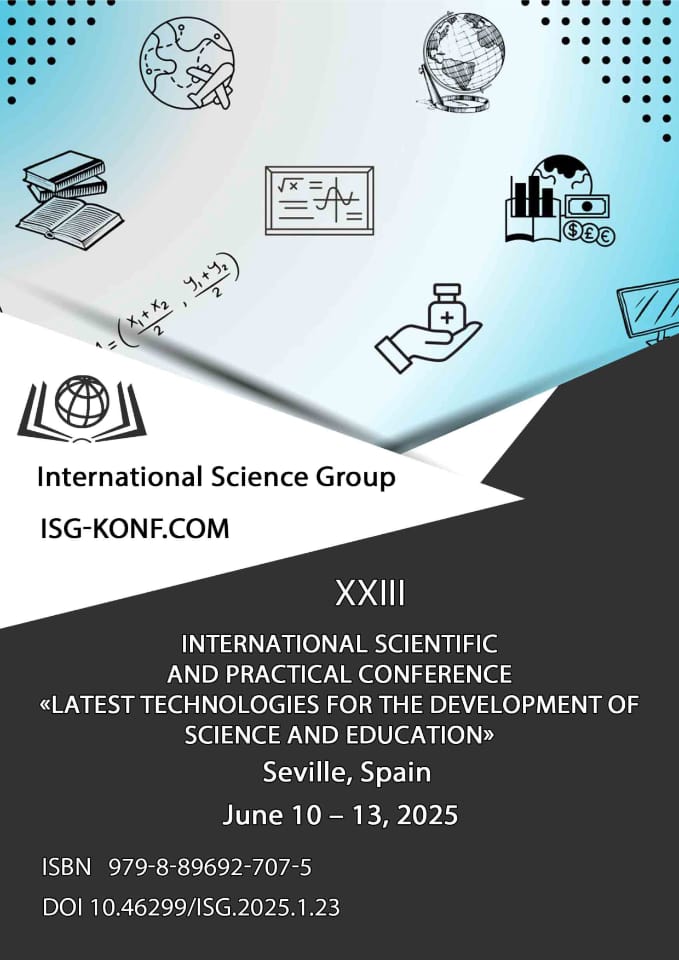Introduction:
Pregnancy is a physiological state characterized by numerous hemodynamic and hormonal changes, which often contribute to the development or exacerbation of varicose veins. While conventional management includes compression therapy and lifestyle modifications, the role of osteopathy remains underexplored. This study investigates the potential of osteopathic manipulative treatment (OMT) in alleviating symptoms and improving venous return in pregnant women with varicosity.
Objective:
To evaluate the effect of osteopathic techniques in managing pregnancy-induced varicose veins and to determine their role in improving venous and lymphatic drainage during gestation.
Materials and Methods:
A cohort of 42 pregnant women (gestational age 18–34 weeks) with clinically diagnosed lower limb varicosity participated in the study. Patients received individualized osteopathic treatments once weekly for 4–6 weeks, including:
- Diaphragmatic release.
- Pelvic balancing (including sacroiliac and sacral base techniques).
- Craniosacral therapy to modulate autonomic tone.
- Gentle visceral techniques targeting the uterus, intestines, and inferior vena cava.
- Lower limb lymphatic drainage facilitation.
Clinical outcomes were measured by reduction in subjective heaviness, edema scores, and ultrasound-based venous flow rates.
Results:
Significant subjective improvement was reported by 85.7% of participants. Objective assessments showed a measurable decrease in leg circumference and enhanced venous return (p<0.05). No adverse effects were observed. Autonomic symptoms such as sleep disturbances and anxiety also improved in 61.9% of cases.
Conclusion:
Osteopathic treatment offers a safe, gentle, and effective adjunctive approach to support pregnant women suffering from varicose veins. By addressing biomechanical, vascular, and neurovegetative imbalances, OMT contributes to symptom relief and improved venous dynamics. Further research with larger samples and control groups is warranted.
Article authors:
- Веснін Володимир Вікторович
кандидат медичних наук, доцент кафедри травматології та ортопедії
Харківський національний медичний університет - Веснін Максим Вікторович
студент
Харківський національний медичний університет
References:
- Bordoni B., Morabito B., Simonelli M., Toccafondi A. (2018). *The influence of osteopathic treatment on the autonomic nervous system: a systematic review*. Cureus, 10(4), e2437.
[https://doi.org/10.7759/cureus.2437](https://doi.org/10.7759/cureus.2437) - Zecchi L., Ballardini A., Cocco A., Iacopini M., Cerritelli F. (2021). *Osteopathic manipulative treatment and autonomic nervous system regulation in pregnancy: a pilot study*. Complementary Therapies in Medicine, 56, 102622.
[https://doi.org/10.1016/j.ctim.2020.102622](https://doi.org/10.1016/j.ctim.2020.102622) - Newton, K. M., LaCroix, A. Z., McKnight, B., Anderson, L. A. (2001). *Association of varicose veins with physical activity and body mass index: the Women’s Health Initiative*. American Journal of Epidemiology, 153(4), 350–357.
[https://doi.org/10.1093/aje/153.4.350](https://doi.org/10.1093/aje/153.4.350) - Cerritelli F., Pizzolorusso G., Renzetti C., Cozzolino V., Barlafante G., et al. (2020). *Effectiveness of osteopathic manipulative treatment in pregnant women with low back pain: a randomized controlled trial*. BMJ Open, 10(2), e031630.
[https://doi.org/10.1136/bmjopen-2019-031630](https://doi.org/10.1136/bmjopen-2019-031630) - Porth, C. M., Matfin, G. (2009). *Pathophysiology: Concepts of Altered Health States* (8th ed.). Wolters Kluwer/Lippincott Williams & Wilkins Health.
- Sutherland, W. G. (1990). *Teachings in the Science of Osteopathy*. The Cranial Academy.
- Vleeming A., Albert H. B., Ostgaard H. C., Sturesson B., Stuge B. (2008). *European guidelines for the diagnosis and treatment of pelvic girdle pain during pregnancy*. European Spine Journal, 17(6), 794–819.
[https://doi.org/10.1007/s00586-008-0602-4](https://doi.org/10.1007/s00586-008-0602-4) - Costantino C., Marangio E., Gimigliano F. (2011). *Osteopathic manipulative treatment in gynecology and obstetrics: a review*. Clinical and Experimenta

